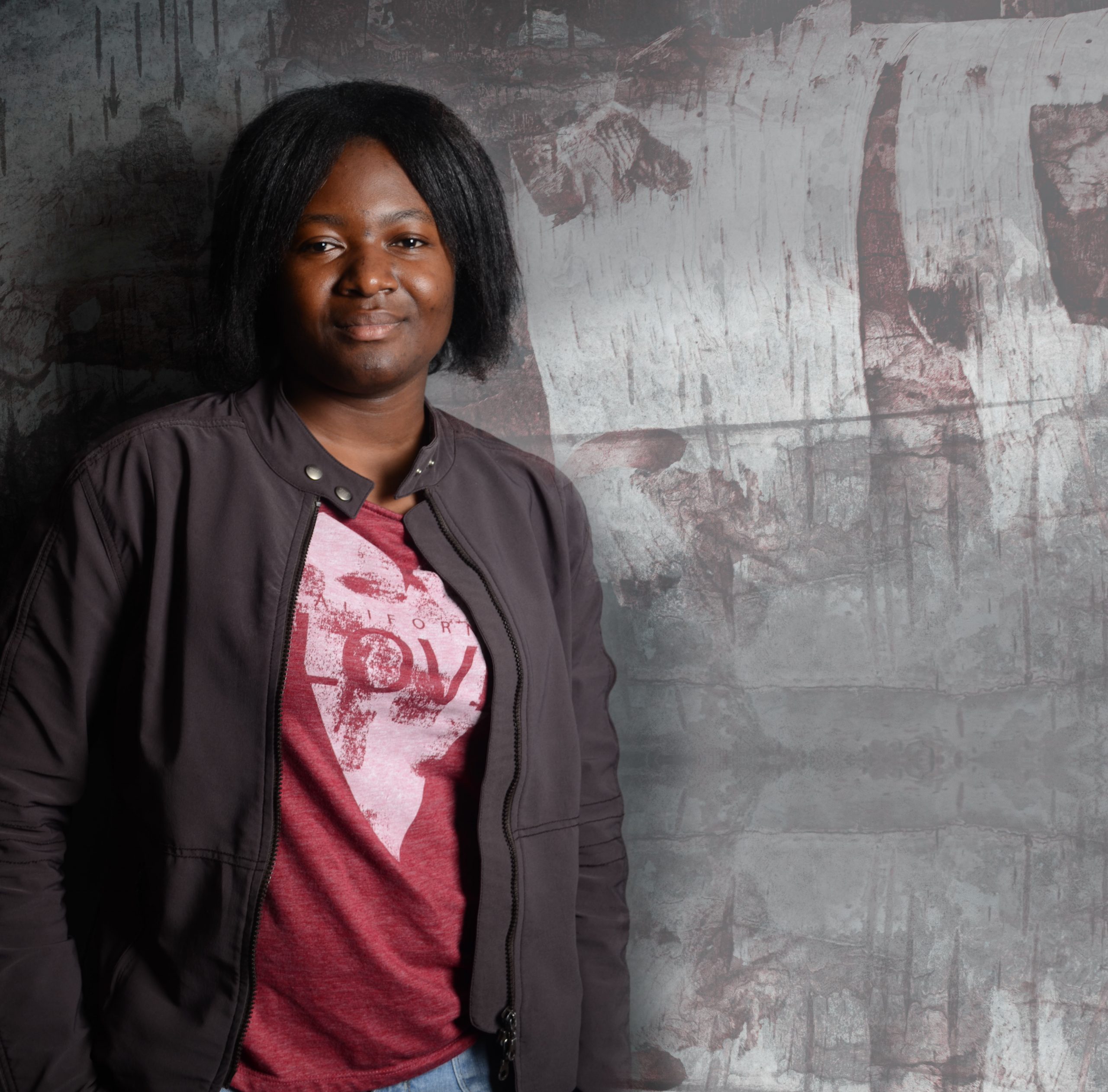
A black cotton jacket hung front her shoulders, neatly pressed without a stain in sight. Her jeans, light blue without a blemish, remained wholly intact. Black, straight and finely combed, her hair had clearly not been neglected. She dressed like any other student.
Looking at her, you would never have known she was homeless.
“Some people will talk about the homeless as if they are inhuman.”
Chinasa Enujioke is among the thousands of homeless students found in the United States. She enjoys sports, especially soccer, and takes part in community service. In high school, she participated in ROTC. She’s the kind of person who could have been your friend, sitting across from you at the lunch table in between classes.
But the 21-year-old sophomore biology major said she had considered quitting not just college – but even high school, and on many occasions.
“It is stressful. Sometimes you really don’t know what to do. I’ve thought about quitting school on many occasions. Even in high school I thought about it,” she said.
There Chinasa had numerous support systems, with the majority of her teachers willing to work with her as she went to school and studied for her classses.
“But [at Georgia State] it’s really hard, because most of the teachers don’t get it when you say ‘I can’t do this.’ I wouldn’t tell them my situation specifically because I felt like they would treat me differently if I told them, they would think I was making up excuses,” she said.
In addition to her weekly class schedule, Chinasa boards MARTA every weekend to work at Publix by the North Springs station.
It’s difficult to use the word lazy to describe her, though the word has been nailed to the homeless countless times before.
“It’s really sad,” she said, as her voice took on a poignant, obvious change. Her tone turned harsh and irritated, revealing a deep-rooted sensitivity to the issue.
“Some people will talk about the homeless as if they are inhuman. Most people don’t care about other people’s feelings and trample all over them,” she said. “You don’t know why they are in that situation. You should never judge them. Being homeless, you have to put in 150 percent where others have to put in 100 percent.”
Yet Chinasa isn’t the only homeless person at Georgia State. Many people in similar positions occupy Woodruff Park on a daily basis.
The homeless of Woodruff Park
One man named Chip, wrapped in a blue sports jacket, sits between two potted plants on the stone seating surrounding the park. His eyes catch men in suits with hurried paces and groups of raucous students inching towards Aderhold. He’s accompanied only by the sound of bustling feet and an excitable game of chess.
Eventually, another man approaches him, tall and dressed all in black, who asks him where he can sell his laptop.
“You could try Jerry’s Pawn shop,” Chip says, but it’s of little help: The shop won’t accept the item without a form of valid identification.
“Have you been arrested?” Chip asks the man in the black coat. “No never have,” the man says before walking away, laptop in tow, stashed away in the black backpack slung across his shoulders.
Students bustle through the sidewalks on the outskirts of the park, but none of them bother to start a conversation with Chip like the tall man dressed in black did. He’s not the only one. Most students keep to themselves and their friends as they head to class, passing by the “homeless” without a word.
The next day, sitting at a table near the fountain across the park, Ernie reclines in a chair, gazing off into the distance. He watches the birds flock together by a wooden slide.
Through a conversation he reveals that it’s his dream to start his own business, developing video game animations. Describing his past work experience, he says that he worked for multiple companies prior to his current situation and that he has his own website, which he still pays to maintain while moving from shelter to street in Downtown Atlanta.
Though hundreds of students pass him by each day, Ernie says that they rarely venture to interact with him in any meaningful manner.
“Every once in a while,” he says, “mostly to offer us food.”
He is right. Most students walk past the homeless without so much as a nod, many refusing to even make eye contact.
Chinasa herself said that she’s often heard college students speak critically of the homeless. Recently, one of her friends said she was grateful for the rain because it drives the homeless out of the park.
It is often heard regarding the homeless that “there must be something wrong with them” or “you shouldn’t talk to them – you don’t know what they might do.” But Chinasa said a little empathy goes a long way:
“Life has its up and downs. Anyone can be in that situation, so people should put themselves there. If she could put herself where I am I think she would see it differently.”
